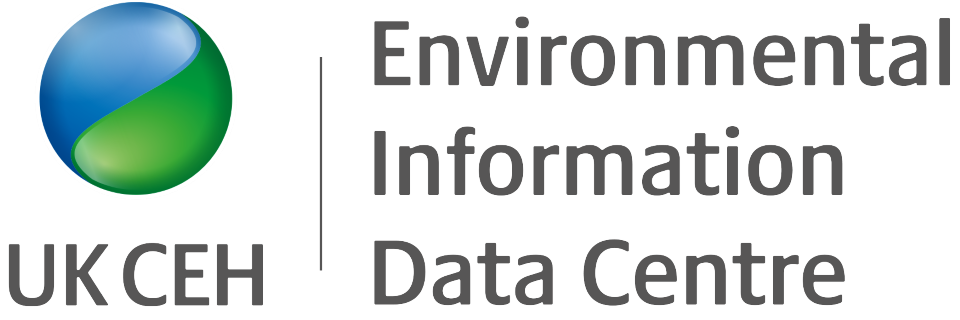
These data are held and managed by the Environmental Information Data Centre
Newell, M.A.; Harris, M.P.; Wanless, S.; Burthe, S.; Bogdanova, M.; Gunn, C.M.; Daunt, F.
The Isle of May long-term study (IMLOTS) seabird annual return rate 1988-2021
https://doi.org/10.5285/1624fe45-0deb-4bcd-9f13-75578693aaae
Cite this dataset as:
Newell, M.A.; Harris, M.P.; Wanless, S.; Burthe, S.; Bogdanova, M.; Gunn, C.M.; Daunt, F. (2022). The Isle of May long-term study (IMLOTS) seabird annual return rate 1988-2021. NERC EDS Environmental Information Data Centre. https://doi.org/10.5285/1624fe45-0deb-4bcd-9f13-75578693aaae
Download/Access
PLEASE NOTE:
By accessing or using this dataset, you agree to the terms of the relevant licence agreement(s). You will ensure that this dataset is cited in any publication that describes research in which the data have been used.
This dataset is available under the terms of the Open Government Licence 
This dataset contains calculated return rates for five seabird species from representative colonies on the Isle of May, off the East coast of Scotland. Annual return rates are measured as the number of individually colour marked individuals seen in any one year that were also observed in the previous year for the Atlantic puffin (Fratercula arctica), common guillemot (Uria aalge), razorbill (Alca torda), European shag (Phalacrocorax aristotelis) and black-legged kittiwake (Rissa tridactyla). Not every individual is seen in any one year and the data set does not take into account those missed in any previous years hence these data are not to be treated as survival estimates. In the dataset, each year is represented by a single row of data, there are five columns showing the calculated return rates for each species (indicated by its common name and suffixed 'RR'). The figure quoted in any row is the proportion of marked birds which are observed by the end of the stated breeding season. Each row also contains the number of individuals seen in that year and the number seen in the previous year, taking into account new individuals which are marked.
Publication date: 2022-09-21
Format
Comma-separated values (CSV)
Spatial information
Study area
Spatial representation type
Tabular (text)
Spatial reference system
OSGB 1936 / British National Grid
Temporal information
Temporal extent
1988-01-01 to 2021-12-31
Provenance & quality
Standardised monitoring of seabirds commenced in 1987 at which point a proportion of the population of the five study species were individually colour marked. As a result the first year of data examining return rate was in 1988 when these individuals returned to breed. The number of plots of individually colour marked birds varies between species and new individuals are marked every year in order to ensure the marked population is maintained at an adequate level for analysis.
Licensing and constraints
This dataset is available under the terms of the Open Government Licence 
Cite this dataset as:
Newell, M.A.; Harris, M.P.; Wanless, S.; Burthe, S.; Bogdanova, M.; Gunn, C.M.; Daunt, F. (2022). The Isle of May long-term study (IMLOTS) seabird annual return rate 1988-2021. NERC EDS Environmental Information Data Centre. https://doi.org/10.5285/1624fe45-0deb-4bcd-9f13-75578693aaae
Correspondence/contact details
Newell, M.
UK Centre for Ecology & Hydrology
Bush Estate
Penicuik
Midlothian
EH26 0QB
UNITED KINGDOM
enquiries@ceh.ac.uk
Penicuik
Midlothian
EH26 0QB
UNITED KINGDOM
Authors
Bogdanova, M.
UK Centre for Ecology & Hydrology
Gunn, C.M.
UK Centre for Ecology & Hydrology
Other contacts
Rights holder
UK Centre for Ecology & Hydrology
Custodian
NERC EDS Environmental Information Data Centre
info@eidc.ac.uk
Publisher
NERC EDS Environmental Information Data Centre
info@eidc.ac.uk
Additional metadata
Keywords
Funding
Joint Nature Conservation Committee (JNCC)
Natural Environment Research Council Award: NE/R016429/1
Natural Environment Research Council Award: NE/R016429/1

 https://orcid.org/0000-0002-4723-175X
https://orcid.org/0000-0002-4723-175X